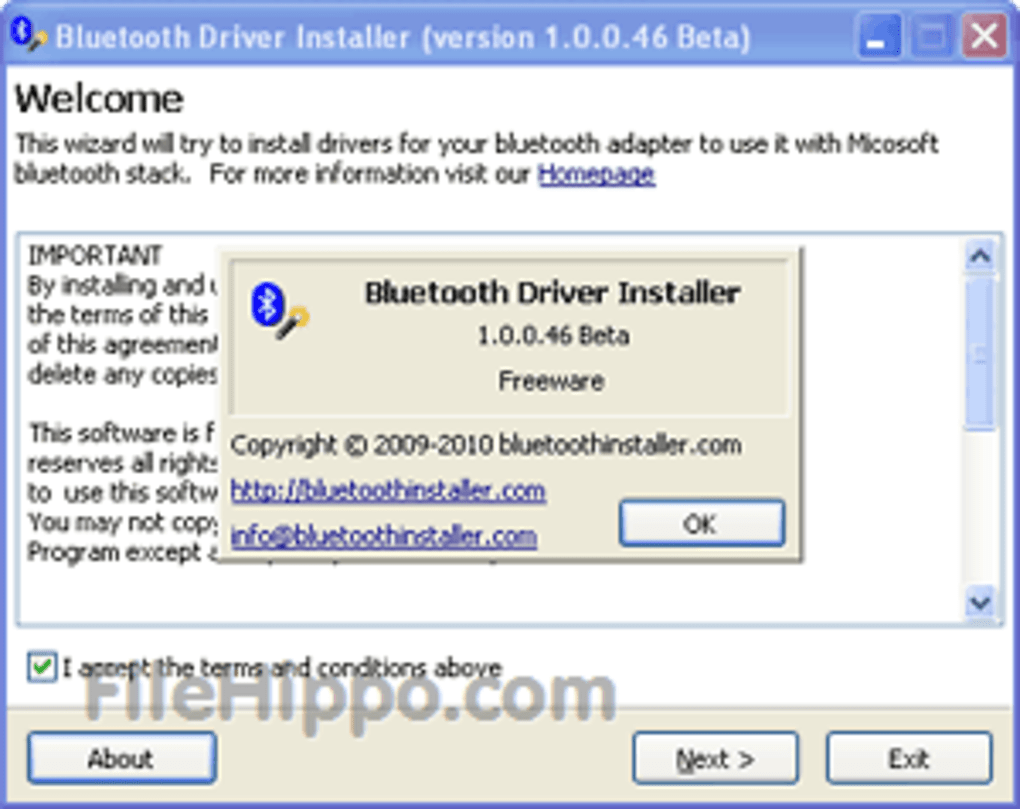

While higher millisecond response time may be less desirable, staying in the effective band of delay will not majorly affect your gaming experience for casual play. Here are input lag tests done for some on the most popular consumer keyboards and gaming mice, and here is one to check how much input lag your mouse generates. Other games may not have this feature, but it's best to check, just in case. Some games like Star Citizen have a convenient readout to tell client and server performance by entering a console command. Client performance is measured in FPS and ping when playing online games server performance is measured by TPS (Ticks Per Second) and the ability to load assets. If you have high “ping” or “jitter” in your home network, you should distinguish how much is caused by your PC vs. In contrast, network lag is the delay it takes for your PC to communicate with a game server. For example, clicking on your mouse and how long it takes for your PC to register that click. Input lag is the delay between peripherals and their corresponding actions on screen. While the components' build quality should be considered, small steps can be taken to ensure your peripherals are the issue, not your network or other components. This process can take anywhere from 8-10 milliseconds or greater based on your average FPS and game settings. Sometimes referred to as a “render queue,” the input must go through the CPU, then the GPU, and then be reflected in the next render frame. Input lag is the time between peripherals to reflect what is shown on screen.

What is an Acceptable Amount of Input Lag for PC Gaming?.


 0 kommentar(er)
0 kommentar(er)
